
Can Artificial Intelligence (AI) Really Replace Human Designers?
With more and more small businesses and independent e-commerce vendors popping up there is a greater need for design, but not everyone can afford to hire a designer or design team. Logojoy and companies like it are filling a gap for cheap and fast design by offering an online design service where users can create logos without the intervention of a designer. They are using AI software to generate endless logo options based on visual criteria outlined by the user.
However, the software cannot do what designers do, it cannot solve problems at a conceptual level, a human level. The software can give you combinations of fonts, colours and symbols you can mess around with until you are satisfied or not. Ironically, if you are not satisfied with the logo options, you can consult with a designer to tweak the generated designs.
Design isn’t just a nice to have, it’s an essential part of how customers perceive the value of your brand. So why cheap out on something so important?
I suppose you shouldn’t naysay something ’til you try it, right? So I gave Looka logo maker (formerly Logojoy) a spin and rebranded some well-known brands. Let’s have a look at the results below.
Apple

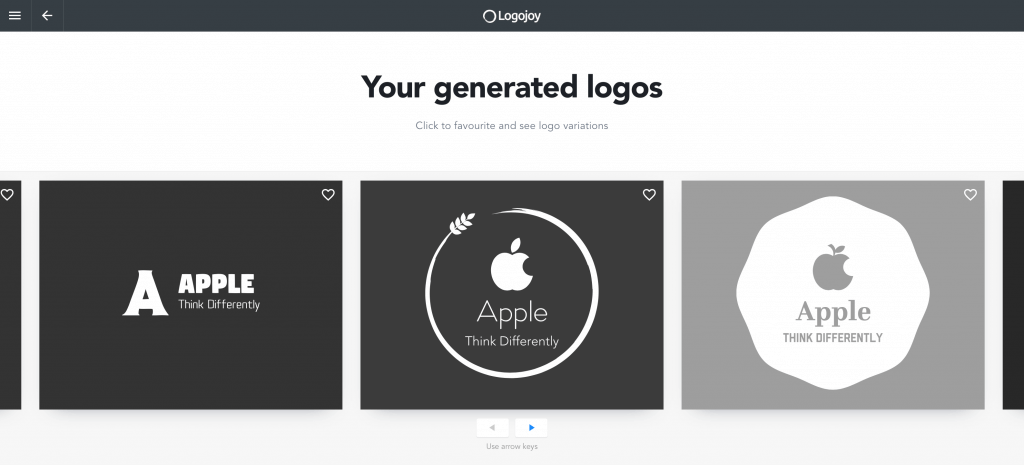
The new Apple logo -� It’s looking similar to the original but not quite the same. The typography is unrefined, and ordinary and the shape of the apple doesn’t say high-end modern technology anymore, it feels more like a cute apple orchard logo. One major difference between the generated logos and the original logo is the word “Appleâ€Â. In the original logo, you don’t need the word to understand that the company name is Apple. The symbol is so straightforward and simple that you just get it.
Coca-Cola
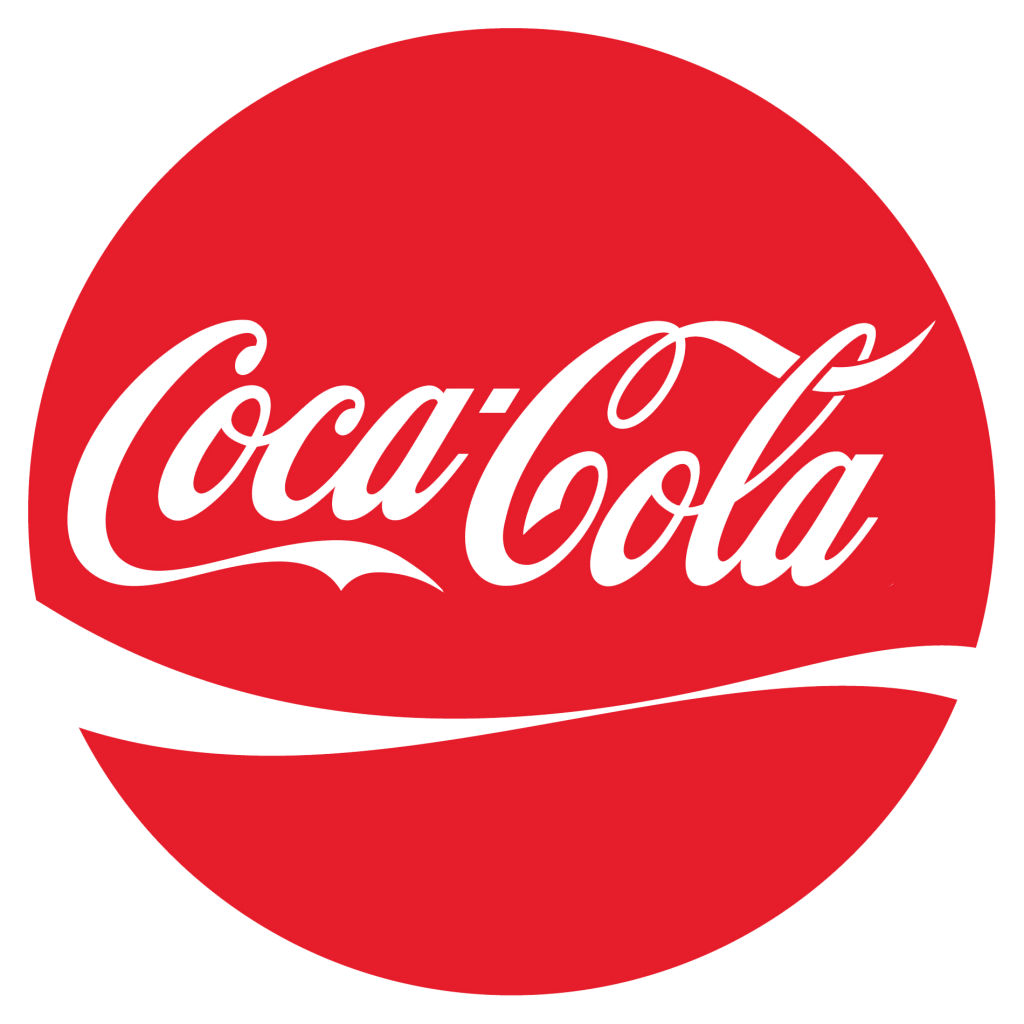
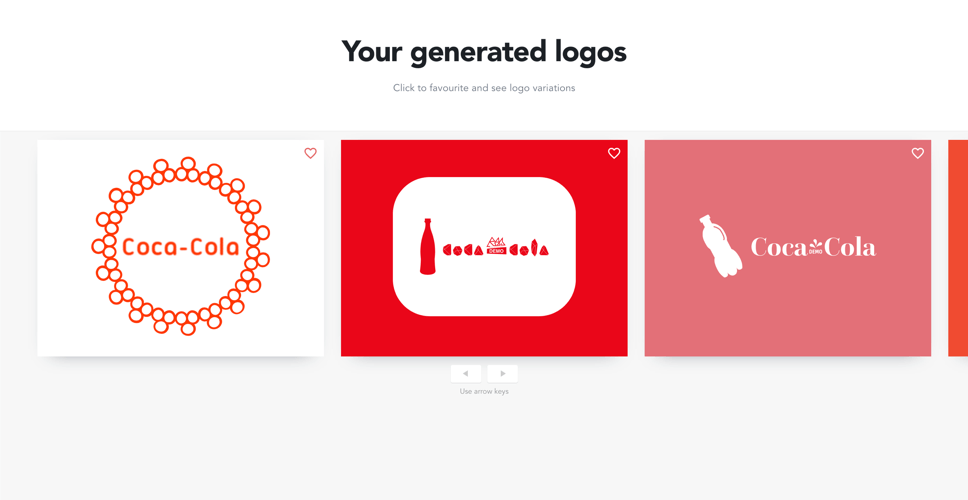
The new Coca-Cola logo -� It feels like a cheap knock-off brand you might find in a dollar store. The typography in the second option is more like a set of icons rather than letterforms. The loss of the iconic Coca-Cola typeface, the movement of the swish and the clever use of negative space are all replaced with literal iconography, boxy graphics, and illegible typefaces.
World Wildlife Foundation

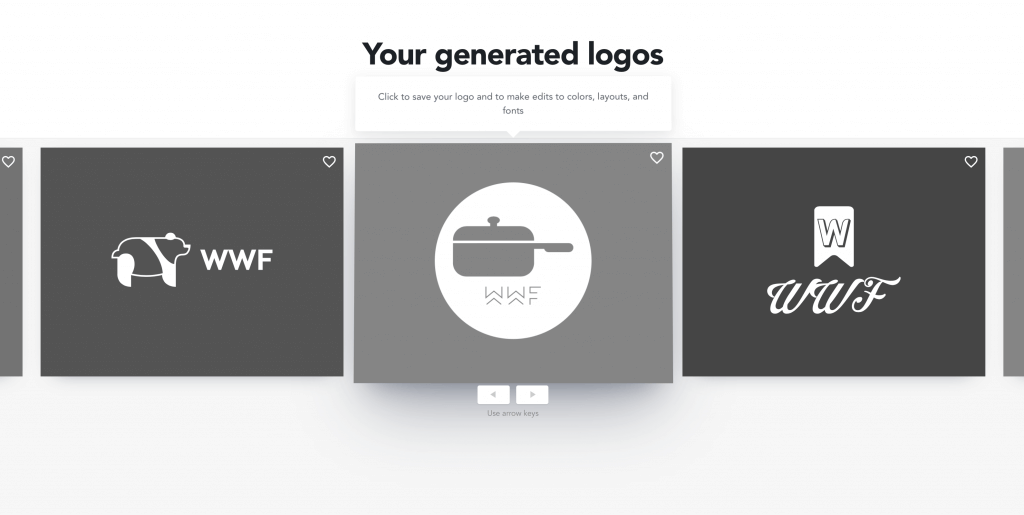
The new WWF logo -� They have a lot of the same elements as the original logo but something is amiss. These options are all so literal. The second suggestion is probably the most outrageous, with the cooking pot icon. I’m not sure that it says saving animals from mass extinction to me! The panda graphic in the original logo is so iconic to this brand that anything less just feels wrong, thus the emotional impact is lost.
Takaways
After all this, I do believe that tools like this have a purpose. For those who are getting a new brand off the ground within a very limited budget and need something super fast, this could be a good stop-gap. Sometimes you just need a starting place, a place to play and imagine what your brand could be. Logos and brands evolve over time and require revisions as a business matures.
Hiring a human designer will get you closer to creating a brand that truly connects. When you hire a designer or design team, you are hiring them to create a brand system, not just a logo. What would Apple be without that simple little apple, and Coca-Cola without that beautiful, classic script?
A logo should contain the spirit and history of the brand as well as represent what it stands for. For this reason, designers start with ideas, concepts, and a higher-level vision. Digital tools are just the medium used to execute the final output. Intelligent software can’t pull out the meaning of a brand if it’s simply combining graphics and fonts. Branding requires a deeper level of conceptual thinking.
Great design has an intangible value that is hard to quantify. This is the story of
Comments
Related Articles

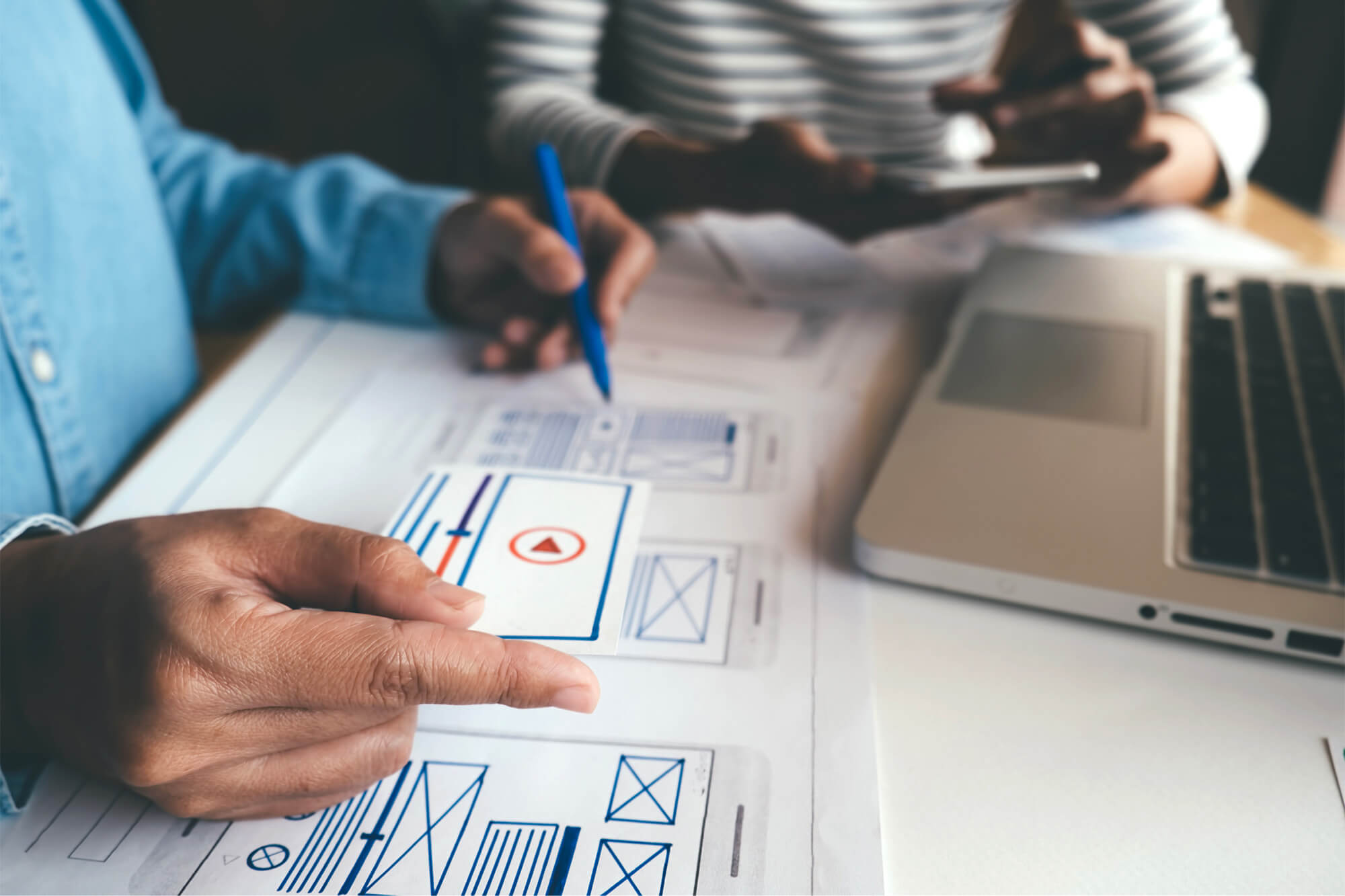


This is a fantastic use case for hiring a designer vs using a logo maker – and thanks for the Logojoy mention! I don’t think the goal of AI-driven design is to ever replace the need for a designer, but as you mentioned, a great stop gap for those with a fixed budget, or those needing a proof of concept before diving in all the way.